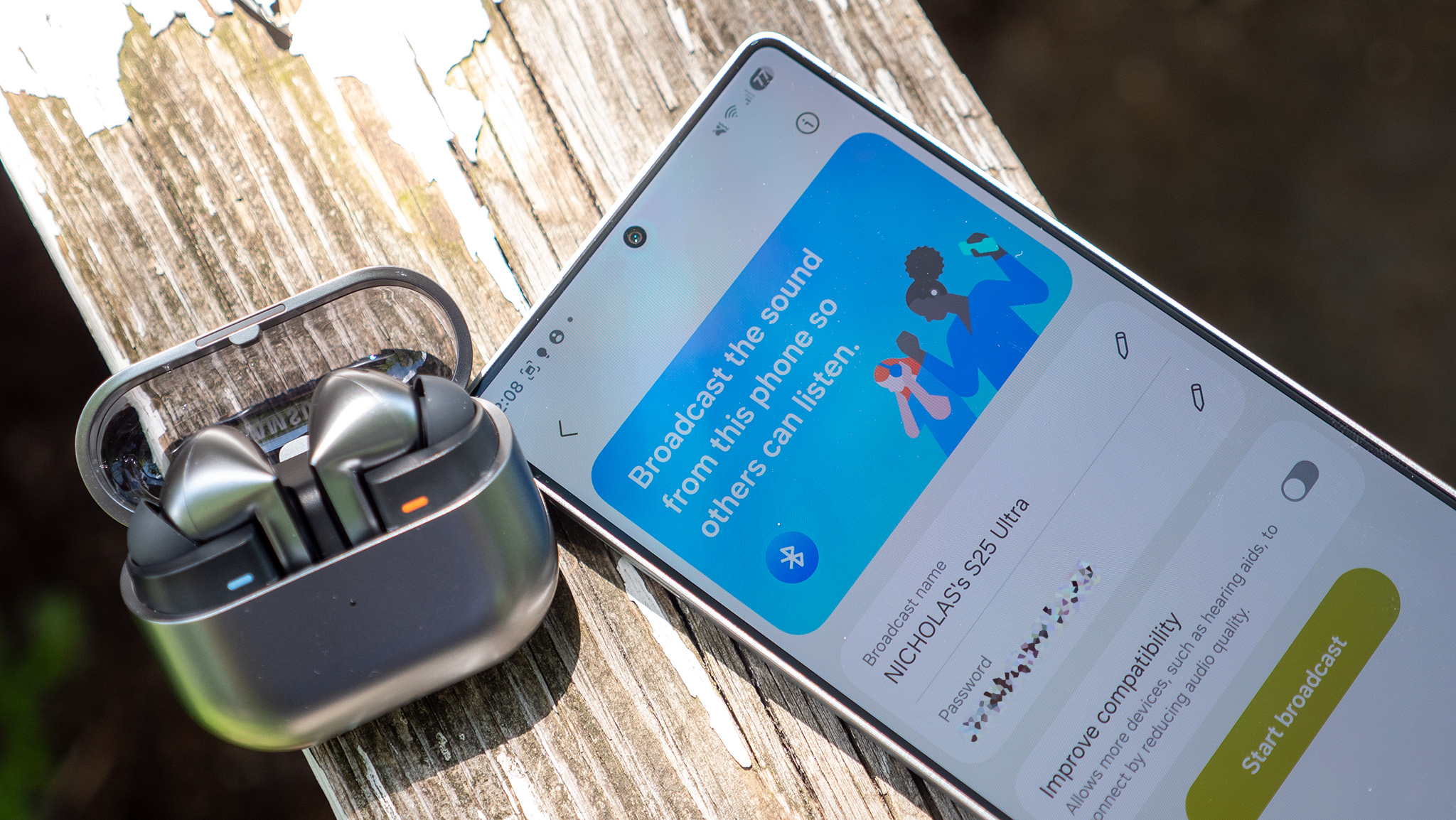Tablet sales are on the rise, and there's never been a better time to buy one
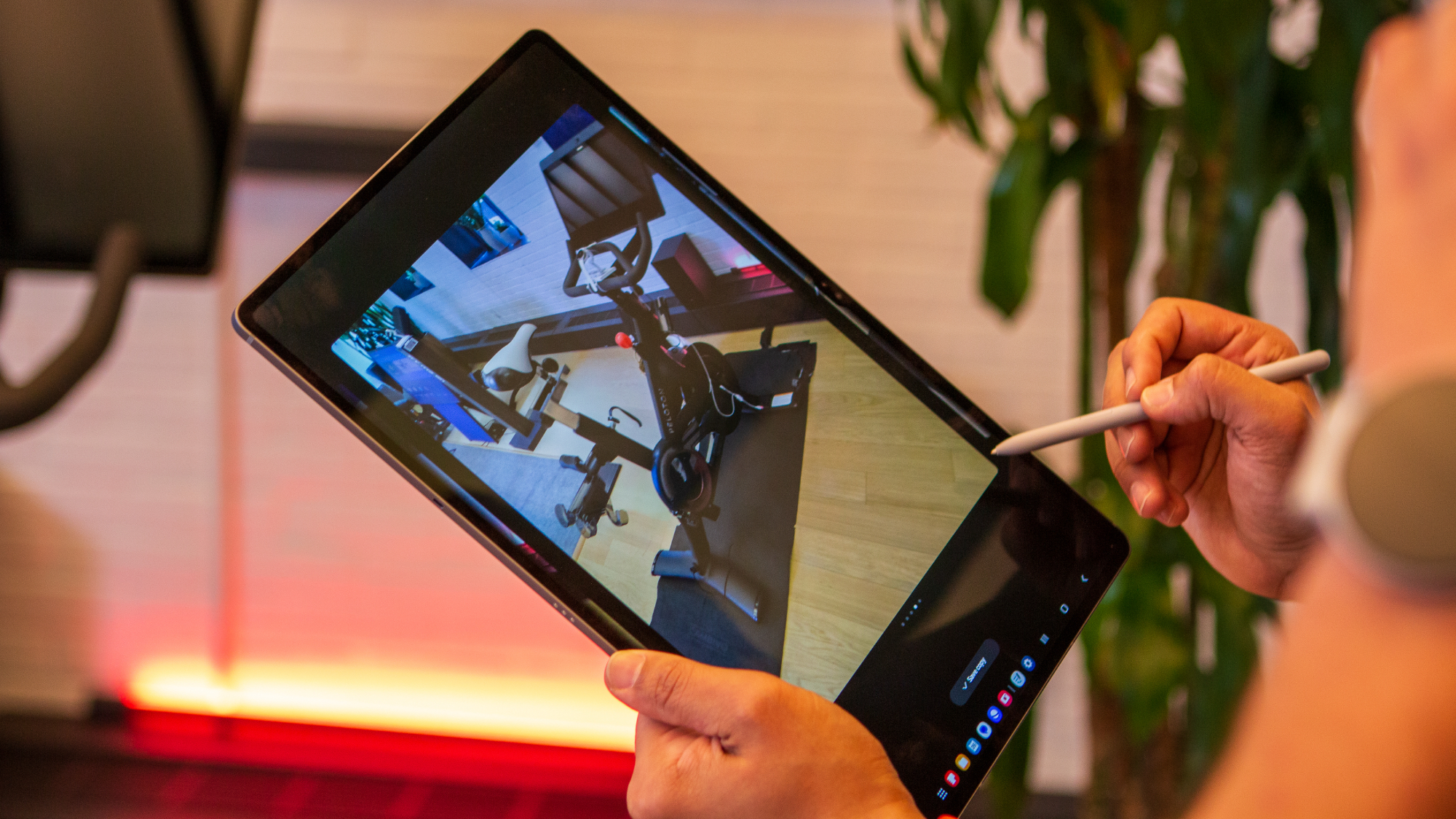

Beyond the Alphabet is a weekly column that focuses on the tech world both inside and out of the confines of Mountain View.
Ever since the original iPad was released, I've been intrigued and enthralled with the idea of having a slab of glass and metal at my disposal. In most instances, I prefer tablets that are smaller than my laptop but larger than whatever phone I end up carrying that day.
Before the days of foldable phones, this distinction was much easier and is probably why I still adore the Nexus 7. It just served a very distinct purpose and one that couldn't be served by either my phone or laptop. Unfortunately, we've seen a downward trend in device sales across multiple product categories in recent years. However, tablets just experienced a surge that could prove the category is still alive and well.
Just before attending the Galaxy Tab S10 Plus and Ultra press event, a new report from the International Data Corporation (IDC) was released. In this report, the IDC shares that "the tablet market is forecast to grow 7.2% year over year." While that might not seem like much of a jump, it's actually outpacing PCs, which is expected to "grow 4.3% year over year in 2025."

Considering that there haven't been many innovations in the tablet space, I've been trying to figure out why tablets are seeing a resurgence. There are a couple of different potential explanations for why this is the case, but first, let's look at why tablet sales suffered in the first place.
The obvious explanation for the downtrend was the end of the lockdown in 2021, but it's been three years since then. In that time, there really haven't been any game-changing device launches outside of the world of foldable phones, which makes the recent surge all the more surprising. After all, tablets remain slabs of glass and either plastic or metal, all with differing software experiences.
Arguably, Amazon and Google have pushed the envelope a bit further, expanding the capabilities of your tablets by turning them into smart home displays. Meanwhile, Samsung has mostly kept things "business as normal," while Apple still can't figure out how to implement proper multi-tasking on the extremely overpowered iPad Pro lineup.
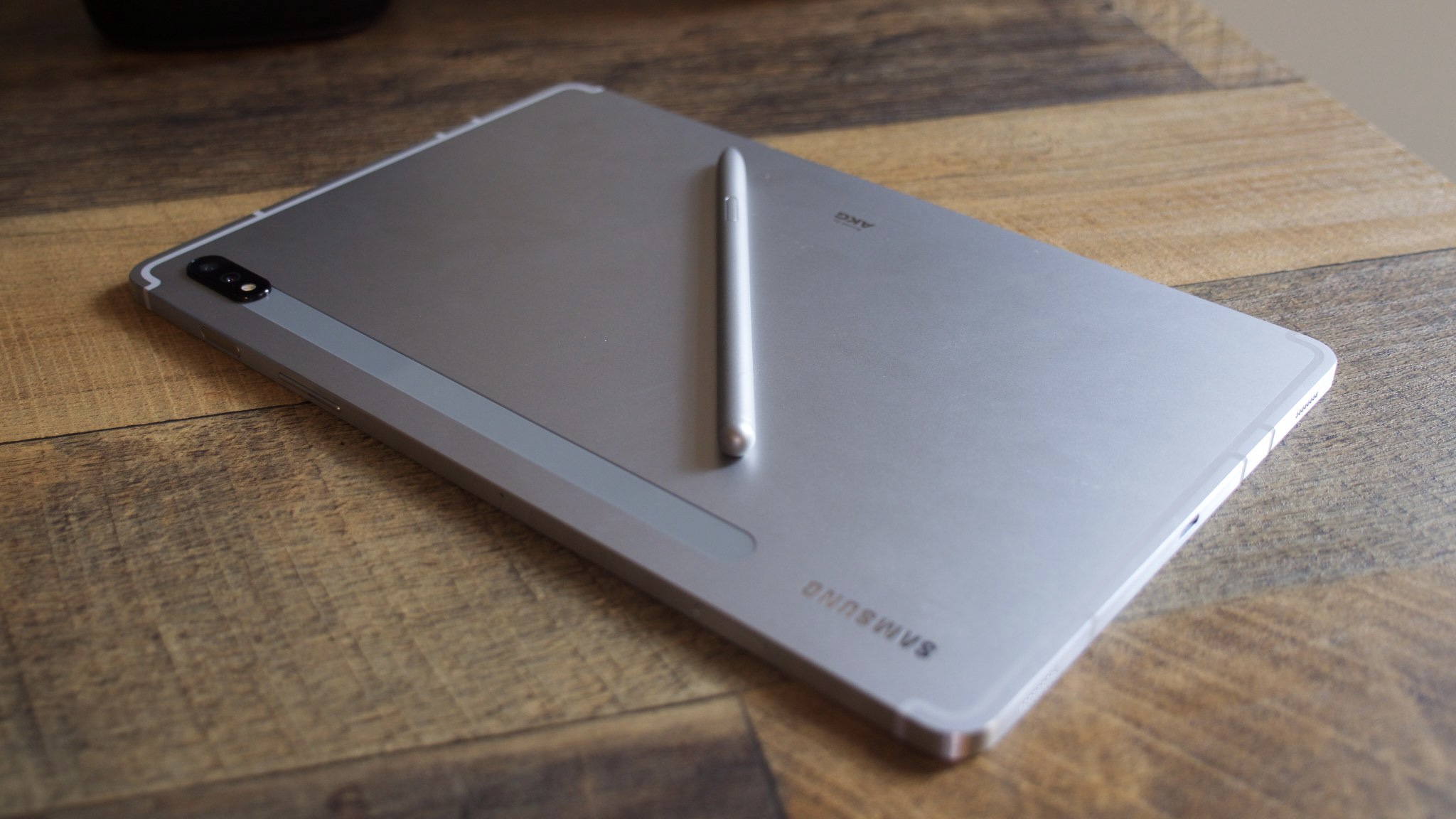
So, despite this stagnation, why are tablets on the uptick? The first idea that came to mind is that it's likely been at least two or three years since people last purchased a tablet. That's a pretty decent upgrade period, somewhat falling in line with getting a new smartphone.
Get the latest news from Android Central, your trusted companion in the world of Android
Another factor here is that Android has matured quite a bit in that timeframe. Not to mention that we didn't begin seeing the promise of longer software updates for devices until 2022. Samsung now offers seven years of updates, surpassing the Pixel Tablet's three years of major OS upgrades and five years of security patches.
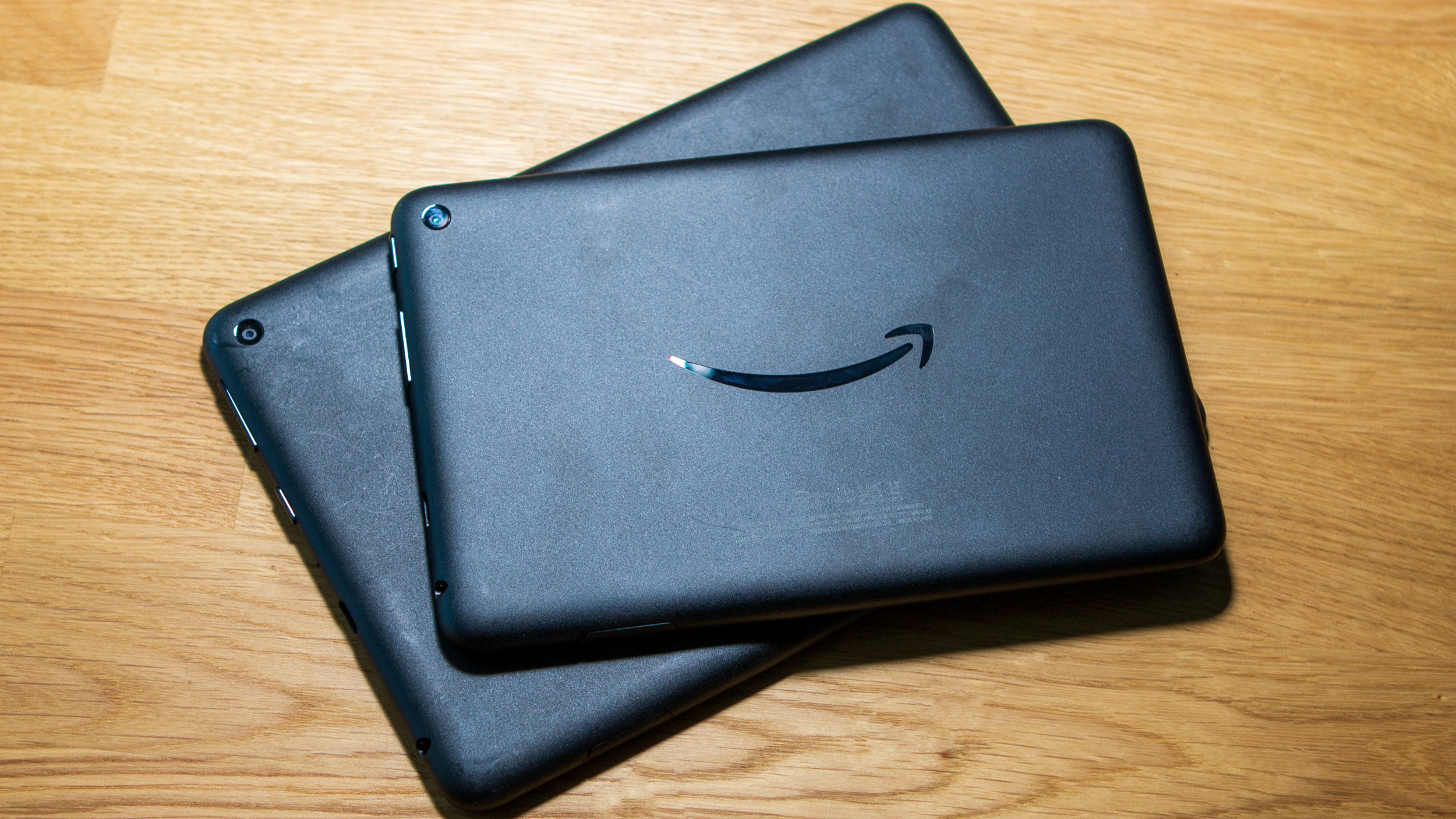
The other idea has more to do with the way that I look at tablets, as they can either operate as an extension of my phone or computer or by themselves. Leaning on Samsung again, both the Galaxy Tab S10 Plus and S10 Ultra can be used as standalone computing devices, even if you don't take advantage of what Samsung DeX has to offer.
These have essentially turned into Android versions of the Microsoft Surface Pro; detachable keyboards and all. While I'm less of a fan of iPadOS now than I once was, it's definitely possible to be productive, even with a bit less flexibility than what the best Android tablets have to offer.
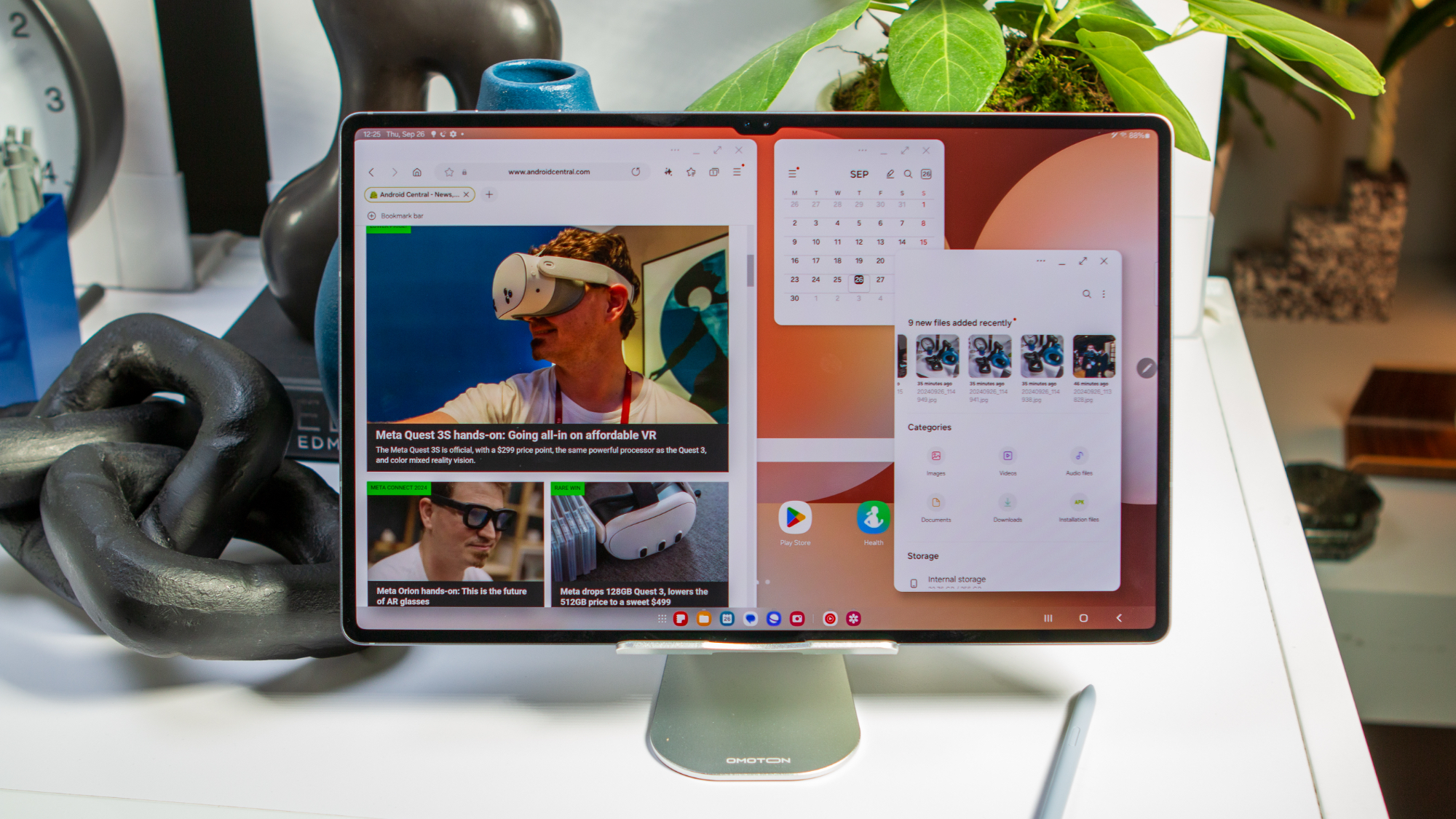
This doesn't really take Amazon into account, as the majority of Fire Tablets are cheap enough to the point that they're more stocking stuffers than anything else. Well, at least that's the idea with the Fire 7 and Fire HD 8, while the Fire Max 11 is the company's lone non-Kindle premium tablet.
Meanwhile, with a Galaxy Tab S10 Plus or Ultra, there's almost no limit to what can be accomplished. Here are the different combinations that I could think of:
- Use the tablet as a tablet, without fiddling with "pro" features.
- With the cellular model, take the Tab S10 Plus anywhere and get work done.
- Use Samsung DeX and enjoy a more desktop-like experience, including being able to plug it into an external display.
- If you own a Galaxy phone, tablet, and laptop, Multi Control lets you use a single keyboard and mouse to interact with your devices.
- Second Screen turns the Galaxy Tab into an external display for any Windows computer.
- With the included S Pen, the Galaxy Tab can transform into a drawing tablet or digital notebook.
I'm sure if I thought about it longer, I could come up with even more things you can do with a flagship Galaxy Tab. But I think you get the idea.
However, I've also been wondering why Samsung would opt to ditch the smaller 11-inch model of its flagship tablet lineup. If you'll notice, there is no base Galaxy Tab S10, just the Plus and Ultra. Just last year, the base Galaxy Tab S9 finally gained an OLED display while offering decent battery life and top-shelf performance.
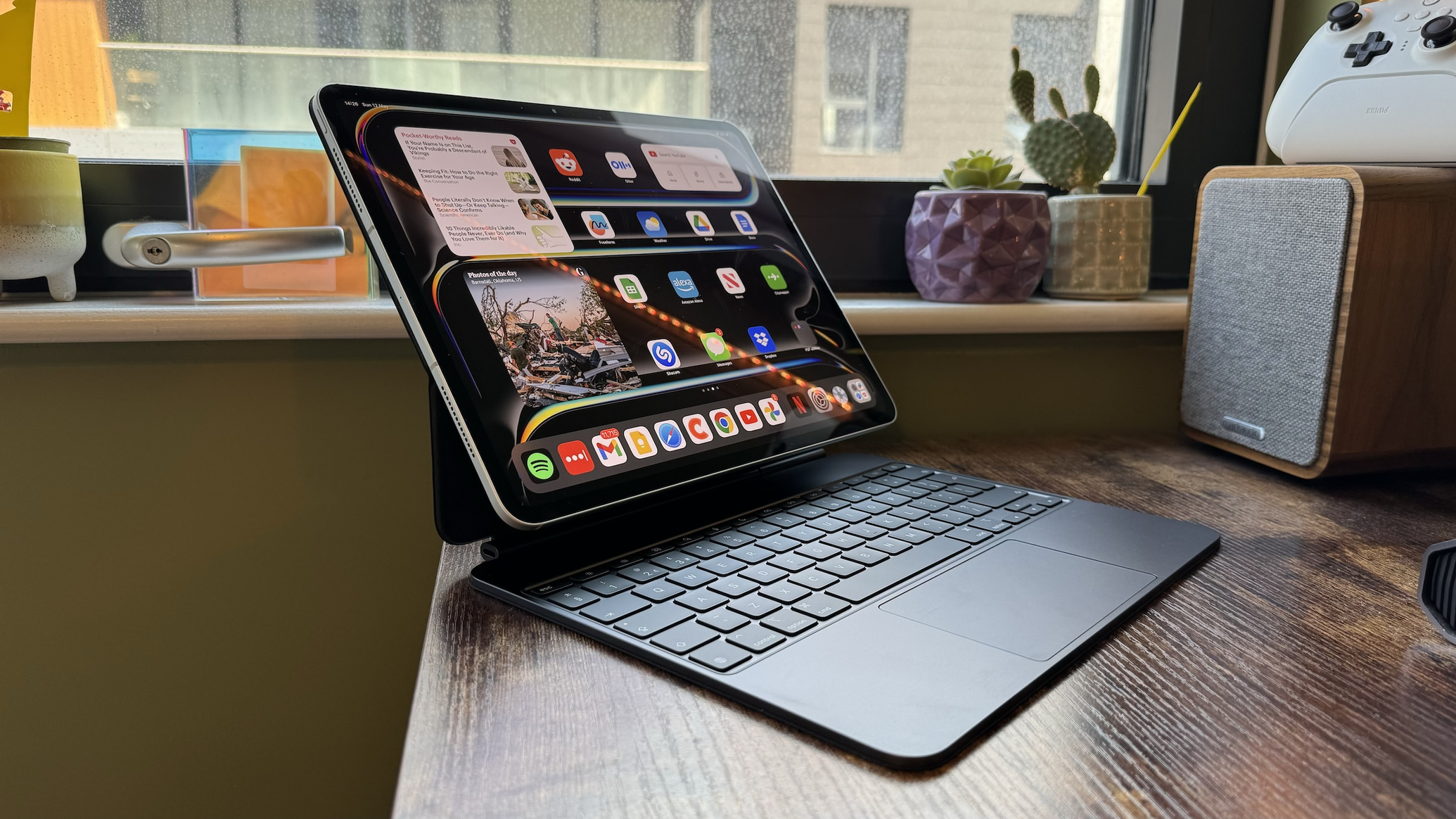
It was something I really couldn't figure out until I looked at the other Galaxy Tabs that are currently available. I'm not sure if Samsung will keep the Galaxy Tab S9 lineup around, but at the time of this writing, all three models can still be purchased.
Moving further down Samsung's price bracket, the Galaxy Tab S9 FE Plus and its 12.4-inch screen retail for $599, while the 10.9-inch Tab S9 FE is $449. The Galaxy Tab A9 Plus rounds out the pack with an 11-inch display and a $319 price tag.
Admittedly, it does leave a rather large gap, seeing as the Galaxy Tab S10 Plus starts at $999. What I suspect is that the Galaxy Tab S9 will remain in the lineup, offering an option to those who want the best performance in a smaller form factor. But if you want the latest and the greatest, then you're probably okay with paying more and getting larger screens.
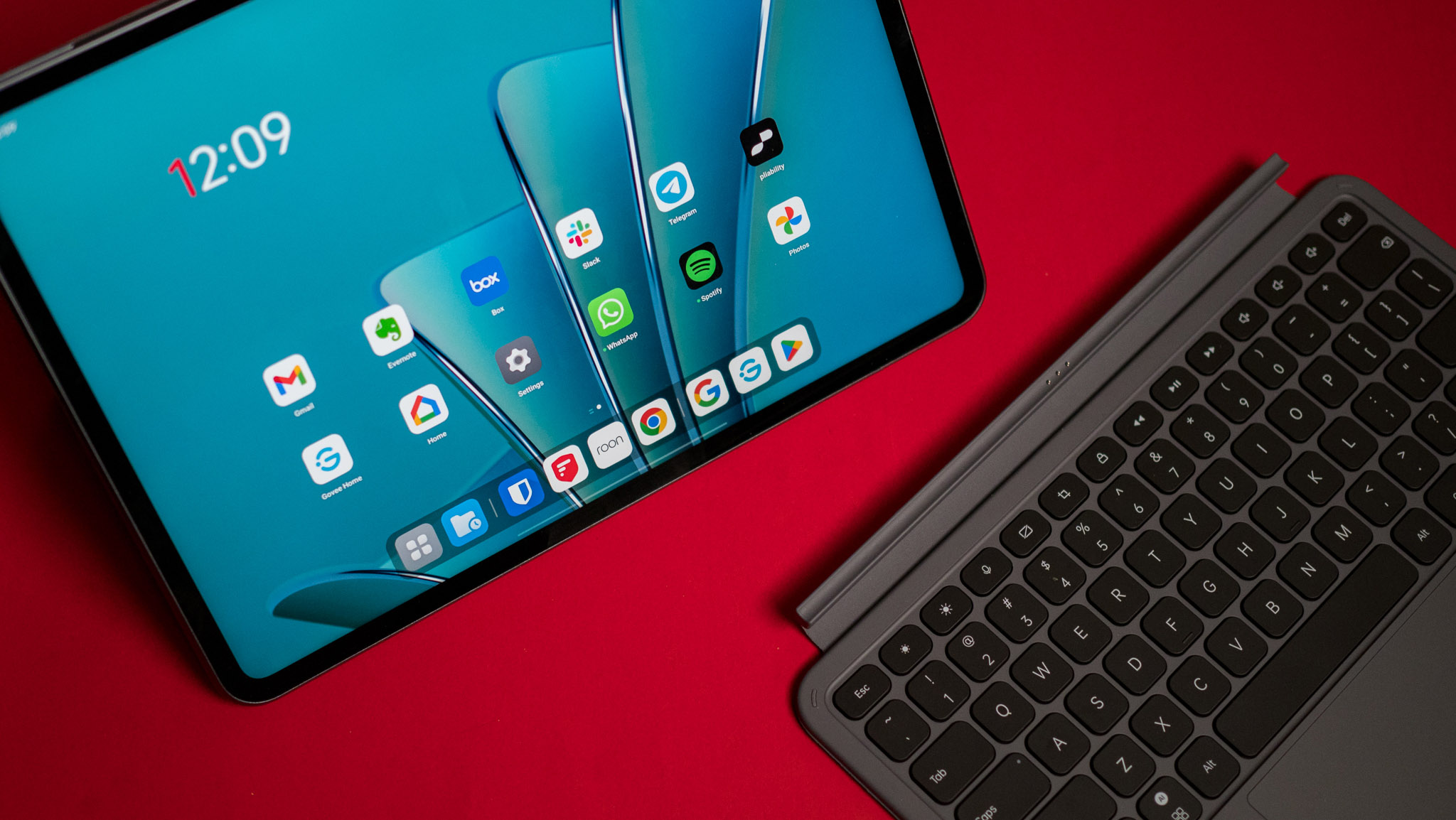
While I've been primarily focusing on Samsung tablets, the reality is that there are definitely more options to choose from that don't just suck. The OnePlus Pad 2 was the first Snapdragon 8 Gen 3 tablet, while the rather interesting RedMagic Nova Gaming Tablet is slated to be released in mid-October.
Lenovo has its own massive lineup of tablets to choose from, ranging from the Tab M8 for $99 and maxing out with the Tab Extreme at $1,099. Currently, there are nine different Lenovo tablets to choose from, coming in a variety of sizes and slotting in amongst the various price brackets.
This is to say that maybe the reason there's a resurgence in tablet sales has to do with the sheer number of solid options available. If you want to be productive, then there's the iPad Pro, Galaxy Tab S10 Ultra, or Lenovo Tab Extreme. Need something on a budget but not at the bottom of a barrel? Well, you have an almost never-ending stream of options.

Amazon manages to straddle a few categories of its own, such as turning a Fire Tab into an Alexa smart display. While I do hope to see a refresh, you can either let the Pixel Tablet pull double duty as a smart home hub or use a regular Google tablet if you forgo the dock.
Regardless of the actual reason, if there is one, I'm happy to see tablets getting a bit of the spotlight, especially when other categories of devices are slowing to a crawl.

Everything and the kitchen sink
If you want a tablet that can do almost anything that you can think of, and then some, the Galaxy Tab S10 Ultra is the one for you. The only exception is that there isn't a cellular model avialable, which has been reserved for the Galaxy Tab S10 Plus.

Andrew Myrick is a Senior Editor at Android Central. He enjoys everything to do with technology, including tablets, smartphones, and everything in between. Perhaps his favorite past-time is collecting different headphones, even if they all end up in the same drawer.
You must confirm your public display name before commenting
Please logout and then login again, you will then be prompted to enter your display name.
